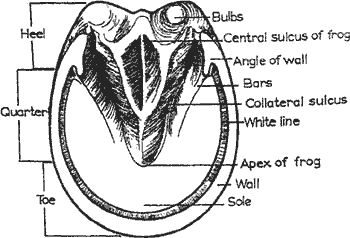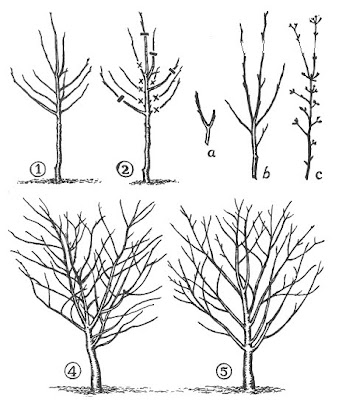



A couple moves from the big city to the countryside and starts a small farm...wait, you've heard this premise before? What? Trite? Hackneyed? But, I have goats. Really cute pictures of tiny baby goats. And cheesemaking recipes. We slaughter our own pigs and cure our own bacon! Well, that's in the master plan, anyway. Just read it, you'll see.




Posted by Aimee at 12:59 PM 2 comments
Labels: gardening, husband, pony, trees, veterinarian

One of the larger jobs on my to-do list is to finish fencing the smaller pasture with cattle panels so we can use it as a sacrifice area and get the hoofed animals off the big pasture in the wintertime. Re-fence actually - it is already fenced in field fencing, but the goats just laugh at field fencing (For a re-cap of our fencing woes, see The Forever Fence (Is It a Myth?)... Goats Are Pure Evil...Maybe Goats Should be Allowed to Run Free?... November Blues) I have been slowly acquiring sixteen foot cattle panels, but they are quite pricey ($45 a pop) and at 100 x 120 feet, I need 28 of them to fence the perimeter. That's $1,260, not including tax, delivery fees, or supplemental hardware.
Posted by Aimee at 6:46 PM 10 comments
Labels: farm, fence, finance, self-sufficiency, work

Posted by Aimee at 3:57 PM 8 comments
We have a serious mud problem here. We always have. We live on the broad, flat crest of a high hill, and apparently the earth beneath us is totally impervious. The incessant rain we experience every year from - oh, I'm going to say October 15th to May 1st, on average - puddles up and creates a knee-deep mud situation for some six months of the year.
Posted by Aimee at 5:00 PM 3 comments
 Yesterday, I found the first egg of the year... or what I THOUGHT was the first egg of the year. Most chicken folk I know have been getting eggs for some time now, and so I wondered what was wrong with my hens. I checked them over for signs of egg-readiness (such as a bigger, brighter red comb and a big fluffy bottom) and it seemed to me that were three or four who ought to be laying, by the looks of them. But I found no eggs until yesterday, when I found one in the hayloft.
Yesterday, I found the first egg of the year... or what I THOUGHT was the first egg of the year. Most chicken folk I know have been getting eggs for some time now, and so I wondered what was wrong with my hens. I checked them over for signs of egg-readiness (such as a bigger, brighter red comb and a big fluffy bottom) and it seemed to me that were three or four who ought to be laying, by the looks of them. But I found no eggs until yesterday, when I found one in the hayloft.
Posted by Aimee at 4:06 PM 6 comments
Labels: chickens, chicks, eggs, seasons, self-sufficiency

Posted by Aimee at 6:42 PM 5 comments
The farrier was back again yesterday. He removed her big pink shoes and trimmed them a little and then replaced them, adding another layer of big pink foam underneath. He tapped her hooves, testing for pain, and found that she is only very slightly sore. He said she's a 1 on a scale of 4. I asked if he thought X-rays were necessary and he said no, not at this point. His recommendations are to keep her indoors for another day or two, finish the course of anti-inflammatories, and come back in a week to check her feet again. He said most likely at that point she can go barefoot, but if she isn't better then he will have to put wooden and plastic shoes on her.
Posted by Aimee at 11:04 AM 11 comments
A couple of years ago, I rescued a shetland mare named Rosie. I had stopped in on a whim at a horse sale in my neighborhood and there, among the fine Arabians and Pureblooded Thoroughbreds, was this dumpy little grey pony with a couple of half-grown foals at her side. The woman running the auction could only tell me that her name was Rosie, she was about eight years old, had been born and lived her life in a free-running and free-breeding herd on a large Eastern Washington ranch, that she was halter-broke but no more, and that she was mine for $50. Otherwise she was headed to the local auction, which is more or less a death sentence.
Posted by Aimee at 10:12 PM 5 comments
Labels: farrier, pony, sick, veterinarian
Posted by Aimee at 8:45 PM 8 comments
Labels: politics
Now that things are back to normal - houseguests gone, holidays over, home improvement projects completed - I need to get back to work. Just catching up on the rounds. Making inventory of work that needs to be done and categorizing it.
Posted by Aimee at 4:04 PM 9 comments
Labels: butchery, family, meat eating, mexican food, recipe